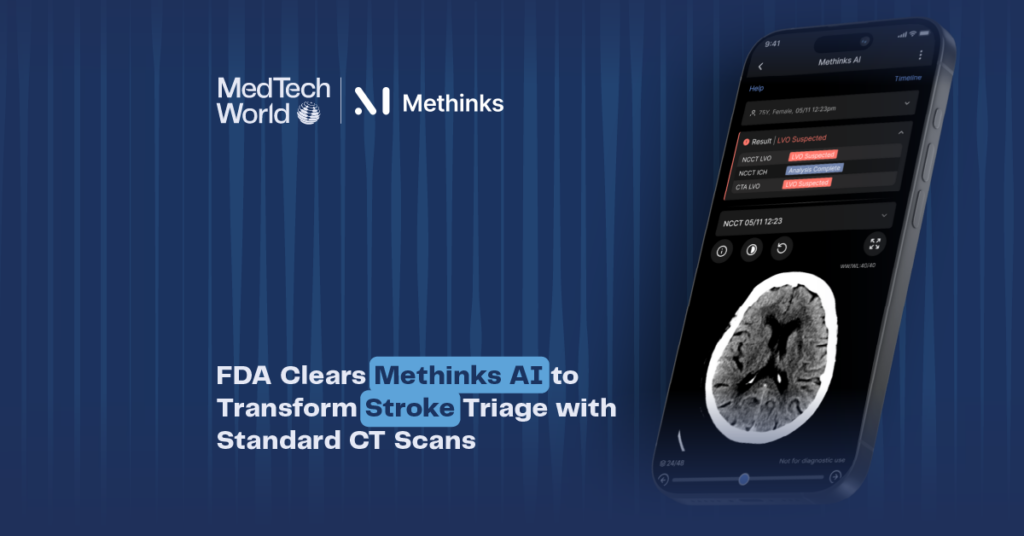
Michael Joe Cini
6th April 2023
Web 3.0 – A New Pathway for Health?
As today’s Internet – colloquially known as Web 2.0 – evolves, people have become more conscious about ownership and handling of their data. When the Internet became mainstream in the 1990s, the tech tools running it were mainly neutral. Businesses could not obtain more than a few data points, as Web 1.0 was not designed for much user interaction.
The second generation of the Internet, Web 2.0, proved more useful for businesses. With Web 2.0, users could now interact with the Internet more nuancedly, providing multiple forms of data that companies could monetize. It was not just useful for businesses but also for the health sector. Web 2.0 could now allow patients to connect with doctors, facilitate doctor-doctor interactions, and enable information to be shared with hospitals.
Web 2.0 was built around centralized platforms, which was especially useful for health companies that could harness and market user data. The FAANG companies – Facebook (now Meta), Apple, Amazon, Netflix, and Google – were one of the biggest profiteers of this revolution in how the Internet worked, as they could now harvest user data massively. Healthcare firms could also take advantage of this centralized Internet, though on a smaller scale. Electronic Health Records (EHRs), virtual communities, and telemedicine are among the highlights of today’s Web 2.0 era.
But Web 2.0, while phenomenal in its scale and how it enabled companies and healthcare organizations to deliver its services and understand customers, had its challenges. For one, the issue of trust has always been a significant concern. Because data is centralized in Web 2.0, poorly protected websites, servers, and databases are common targets of hackers and cybercriminals. Such criminals can quickly jeopardize a health system with hundreds or thousands of patient data and records when compromised. Web 3.0 offers solutions to these issues, with possible changes in how data is stored, owned, and distributed in the healthcare system.
Market prospects for Web 3.0 in the healthcare space
The blockchain is one of the most crucial components of Web 3.0, integral to the way data is stored, owned, and shared in this new era of the Internet. As the blockchain market expands, the possibilities it offers to several industries will also increase. Cryptocurrencies are currently one of the biggest drivers of the blockchain markets, and tokenization is taking more ground in the health space. Now, the global web 3.0 blockchain market is growing at 41.6% every year and is expected to be worth $23.3 billion by 2028.
The metaverse is currently one of the most exciting prospects for healthcare today, with an estimated market size of $68.49 billion. A significant amount of this is due to investments from tech companies such as Facebook, Microsoft, and NVIDIA, with investments in the tens of billions in recent years. And although healthcare may not always be the first sector to come to mind in the metaverse, which is a tech-first space, the healthcare market does hold a significant stake in the global metaverse marketplace, with a value of up to $6.57 billion as of 2022, or about 10% of the market. There is also much room for the sector to expand because the metaverse opens up increasing possibilities for the healthcare sector to harness Web 3.0.
The metaverse has the potential to harness a wide range of digital services and devices to provide a harmonized experience. This unique ability is of great use in healthcare, which hosts various services. Artificial intelligence can aid medical practitioners in making accurate diagnoses and interpreting radiographic images, virtual reality and augmented reality can greatly enhance telemedicine and improve the experience of teleconsultations, IoT technology can aid doctors with measuring physiologic patient data remotely, and integrated cloud storage can enable the categorization and management of large volumes of patient data. Due to its potential, the role of the metaverse in the healthcare space is greatly touted, and with a CAGR of 35.4%, it could reach a market value of $71.6 billion by 2030.
Changes Web 3.0 could precipitate in healthcare
The adoption of Web 3.0 into healthcare may be slow. Still, as the blockchain and metaverse become more closely adopted by industries, Web 3.0 will begin to have its use cases adopted in healthcare sectors across the world. Among several others, some of the more popular use cases will include:
– Institution-agnostic patient data management and ownership
Because healthcare institutions manage the data of hundreds or thousands of patients with unique symptoms, genetics, diseases, insurance packages, and treatment plans, centralized data management may be hectic. In addition, information handling becomes more complicated when a patient switches hospitals. In the current system, when patients change hospitals, fresh records have to be created for them in the new hospital.
With Web 3.0, patients’ data can be stored on the blockchain using smart contracts. Any healthcare professional that needs to work with the patient can easily access the data by obtaining a public key or unique ID, eliminating the need for institutionalized data silos fenced off from the patient. In addition, this relieves hospital administrations of information overload due to the management of thousands of patient records.
– Data security
Data management in today’s healthcare system is centralized. While this offers some advantages to institutions, it is prone to several security vulnerabilities. Because the data is centralized and located on only a few servers, sometimes all requiring a single key, hackers can readily penetrate these paper-thin measures and access thousands of patient records. With data stored in distributed packets on the blockchain, a hacker needs to attack thousands of nodes on the network, each with a unique key, which is near impossible. Web 3.0’s decentralized data storage would solve numerous data security issues of the current Internet.
– Medical record monetization
As reports have shown, patient medical records are valuable for research and development. According to a Trustwave report, a patient data record can be valued up to $250 on the market. Healthcare data breaches routinely cost companies between $3 and $7 million per incident. In the current system, healthcare institutions own patient data and routinely sell these data to make profits. In Web 3.0, patients will be able to partake in the monetization of their data by selling them as unique NFTs.
What the industry looks like – Companies revolutionizing healthcare with Web 3.0
A few companies are at the forefront of Web 3.0 in healthcare, pushing its integration into the sector. Recently, DeHealth, a health tech company focused on developing an AI platform for medical data storage and management, announced a partnership with Chainlink, a blockchain innovator providing decentralized oracles and connecting smart contracts to the real world. This collaboration will facilitate medical data collation, processing, storage, and monetization.
Several other companies are working to bring Web 3.0 to life in the medical sector. Medical Realities, an ed-tech company, provides medical professionals with virtual, mixed, and augmented reality training. Platforms like ImmersiveTouch are developing FDA-cleared AR/VR technology, and companies like Medivis and Augmedics are assisting surgeons using AR and XR technology. As the metaverse and blockchain become more widely accepted in healthcare, web 3.0 is set for massive expansion.
Med-Tech World News for the latest on medical technology, innovation, and healthcare
Stay informed about the latest developments in medical technology, innovation, and healthcare by visiting Med-Tech World News. Our team of experts provides comprehensive coverage of the most important issues and trends in the industry. Don’t miss out on valuable insights that can help you stay ahead in this dynamic field.




